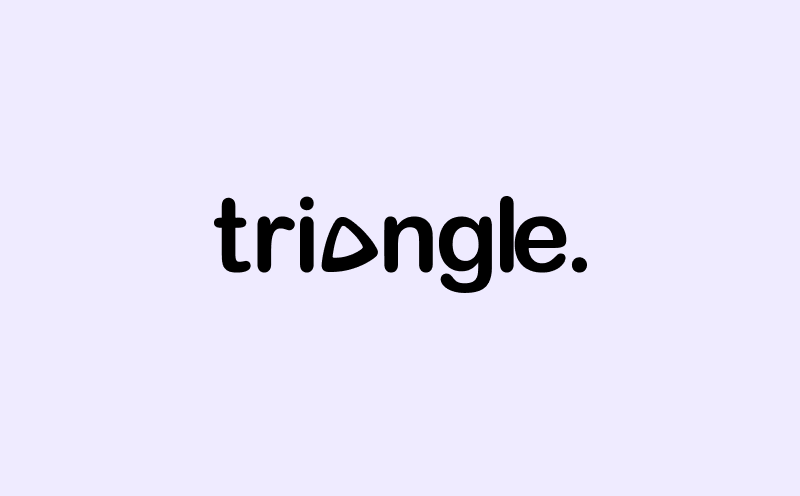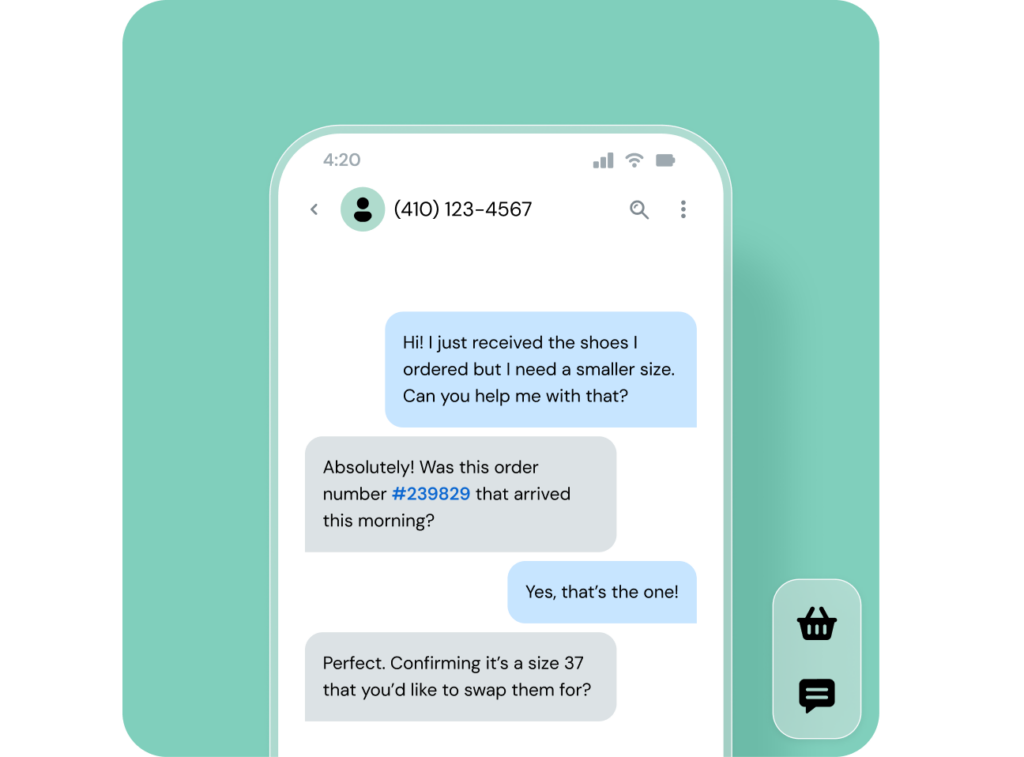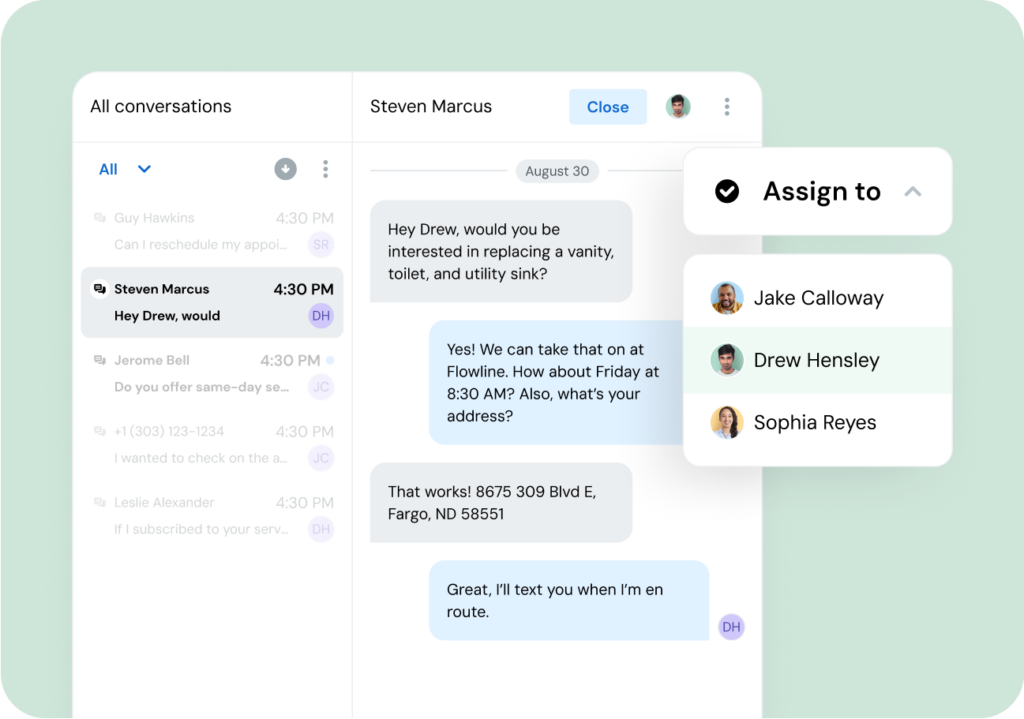Customer Story
How Triangle Networks launched efficient SMS-based support, operating 75% leaner with Sinch Engage

Customer Story

Challenge: Triangle Networks wanted to provide reliable, responsive customer support while keeping costs low – but managing a growing volume of support calls was time-consuming and inefficient.
Solution: By using SMS with Sinch Engage (formerly MessageMedia), they built a high-quality, texting-based support process in a quarter of the cost of traditional (mostly phone-based) support staffing. Top features include secure, reliable two-way SMS, templates, team inbox, and message history.
Results: Launched a scalable support model requiring 75% fewer resources than a traditional setup, kept customer satisfaction at “excellent” levels, and resolved customer issues more efficiently as a team.
“Sinch Engage helped us to keep our support costs dramatically lower than competitors. With one person able to handle as many customers as four team members, we quartered the cost of support while keeping our customer satisfaction scores in the excellent range.“
Triangle Networks is a UK-based internet service provider (ISP) that partners with fiber network builders to bring ultrafast broadband to local businesses and communities. Founded more than 20 years ago, the company is known for helping new fiber providers launch quickly and effectively with tailored campaigns and local marketing.

With a small but distributed team across the UK, Triangle Networks needed a smarter way to handle customer communication – one that was efficient and cost-effective, while still maintaining high customer satisfaction. That’s when they looked into SMS customer support with Sinch Engage (formerly MessageMedia).
When Triangle Networks launched its consumer broadband brand, the team set out to create what CEO Paul Anslow called a “light-touch, almost zero-touch” support experience.
“We wanted to avoid phone calls as much as possible,” said Anslow. “Calls take time and volumes are difficult to forecast meaning the ‘peaks and troughs’ have a greater impact. It makes support capability more difficult to scale, where customers often just want quick explanation or a link to more information.”
Using Sinch Engage, the team shifted routine support to SMS – allowing agents to respond to customer issues through quick, templated messages instead of lengthy phone calls. Within months, SMS became the company’s main channel for technical support.

For two years, Triangle Networks handled nearly all consumer technical support entirely through SMS, powered by Sinch Engage’s easy-to-use, secure texting platform. They created and used SMS templates to share troubleshooting steps, links to documentation, and outage updates.
For example, they could easily send texts like:
When a customer texted in, any available team member could reply directly with these types of support messages via the Sinch Engage web platform or mobile app – ensuring fast, transparent communication without needing to share personal phone numbers.
“Using Sinch Engage for support has worked incredibly well,” said Anslow. “Our Trustpilot score stayed in the excellent range, and customers actually preferred SMS because it respected their time.”
Sinch Engage’s shared inbox and contact management features allowed the Triangle Networks team to maintain visibility across all ongoing SMS conversations.

If a message required a more complex, non-scripted response, a team member could quickly step in for a call – but that was rare.
“The messaging platform lets one support person handle ten customers at once,” said Anslow. “It gave us the best of both worlds – automation where it made sense, and personal support when needed.”
Switching to SMS didn’t just make their customers happier – it also enabled Triangle Networks to launch and run a new consumer service efficiently, keeping operating costs to a minimum.
“Competitors were running support teams four times the size of ours,” said Anslow. “We achieved the same results – or better – with a leaner, more efficient setup.”
Triangle Networks sees text messaging as the foundation of its customer communication strategy going forward.
By reducing reliance on calls, automating routine updates, and keeping all communication in one place, the team has proven that great customer service doesn’t require large teams – just smart technology and clear communication.
“Sinch Engage helps us simplify support without losing the human touch,” said Anslow. “It’s efficient, it’s scalable, and it just works.”